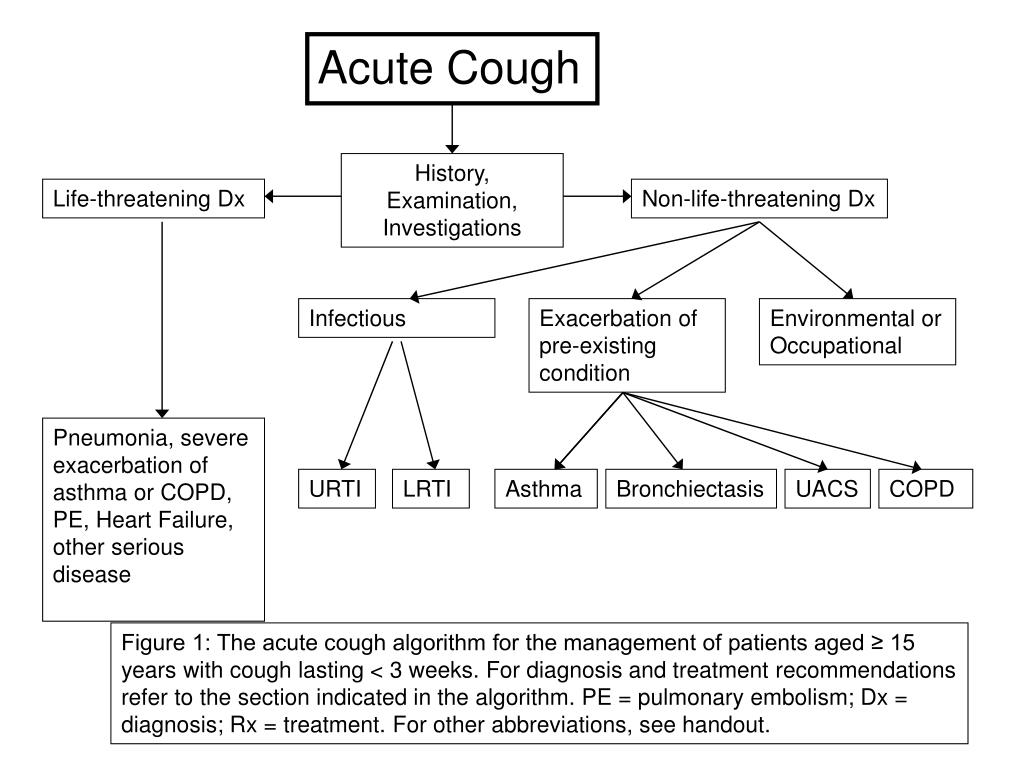

If PBB cough re-occurs, the child should be evaluated for other conditions that can produce chronic cough.ĭry cough – If food or a toy goes into the airway, we call this a “retained foreign body” and this can produce a chronic dry cough (a long-lasting cough that doesn’t bring up phlegm or mucus). PBB therapy requires a long course of common antibiotics for two to four weeks. The most common cause of chronic wet cough in very young children is a condition called protracted bacterial bronchitis (PBB) caused by a common bacterium that is usually not harmful. Treatment will vary based on the underlying cause.

If your child has a chronic wet cough or is coughing stuff up, they should be evaluated. The characteristic is a wet cough (produces a wheezing or rattling sound) in younger children or a cough that leads to spitting out phlegm or mucus from the respiratory tract in older children and adolescents. Wet cough or coughing up phlegm – Chronic cough can be due to long-lasting or continually re-occurring infection in the lungs with diseases like cystic fibrosis, or if the respiratory system, immune system or lungs aren’t working properly. What do the different types of coughs mean? There are many causes of chronic cough and usually if a cough lasts long enough to be considered chronic it needs to be evaluated. When a cough lasts for longer than four weeks in children (eight weeks in adults) we call this a chronic cough. Some people even have a cough receptor in their ear called Henry’s nerve and they may feel the need to cough when cleaning their ears. That’s why things that tickle the back of your throat can cause coughing and gagging. We have cough receptors throughout the respiratory tract (from the back of the throat all the way to the lower airways and lungs) that trigger a cough when irritated. This includes phlegm and mucus from infection, other things that have gone into the airway instead of the stomach and anything else that can irritate the airway. We cough in order to expectorate – or “cough out” – stuff from our airway. Coughs can be triggered by more than colds We even have a device, called the CoughAssist, to help people with weak coughs. The protective value of cough is well known from a health perspective as people with extreme weakness, muscular disease or swallowing difficulties cannot cough strongly enough to protect against developing lung infections like pneumonia. While these are always good practices, we’ve been particularly reminded of their importance amidst COVID-19. For this reason, it’s important to always cover your cough and try to stay away from people who may be more likely to become sick like very young children, the elderly or those with low immunity if you have a cough. However, when a person coughs it allows the virus to spread to other people as droplets in the air. It’s common to cough with a cold and this helps to remove the cold virus from the airways. Coughs help and protect, but spread germs too It’s important to know when a cough is a normal and helpful response to an infection, and when it’s something that needs to be evaluated by a doctor. But a cough can also be a sign that things are moving along in terms of clearing the airways. It can also interfere with a good night’s sleep (often for you too). A child’s coughing can be noisy, disruptive and, above all, worrisome.


 0 kommentar(er)
0 kommentar(er)
